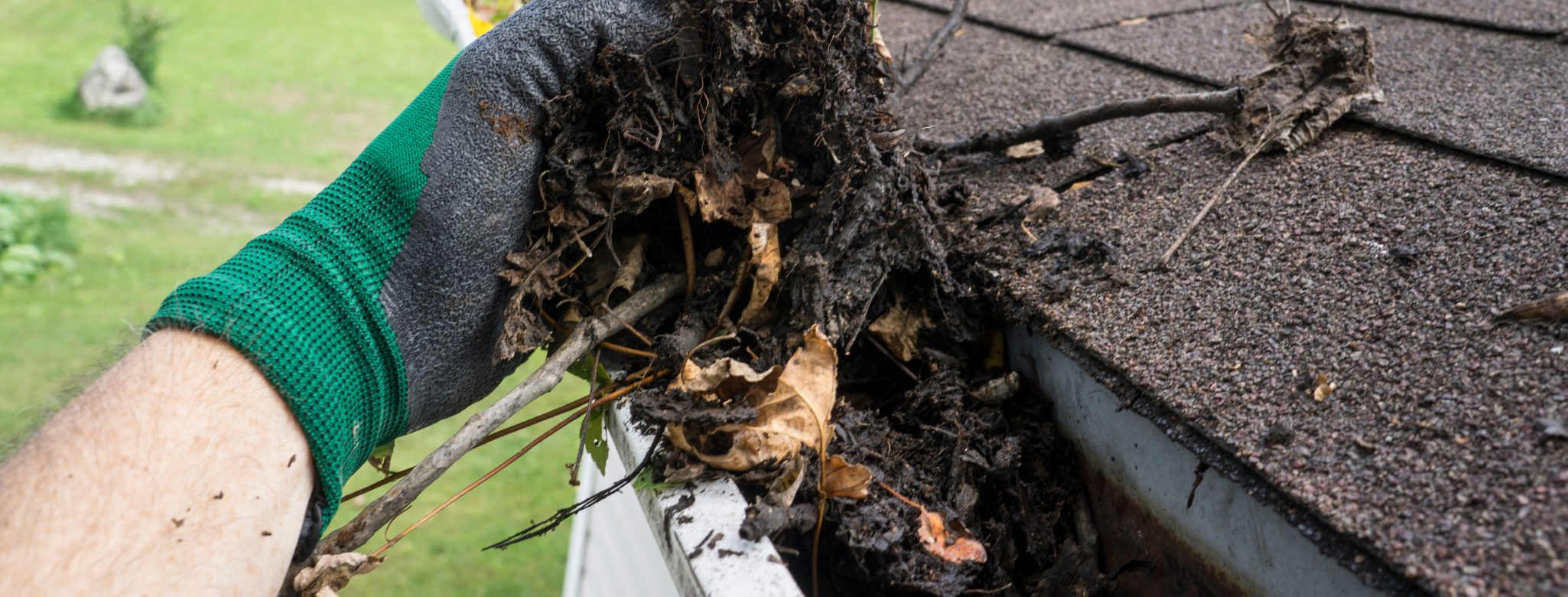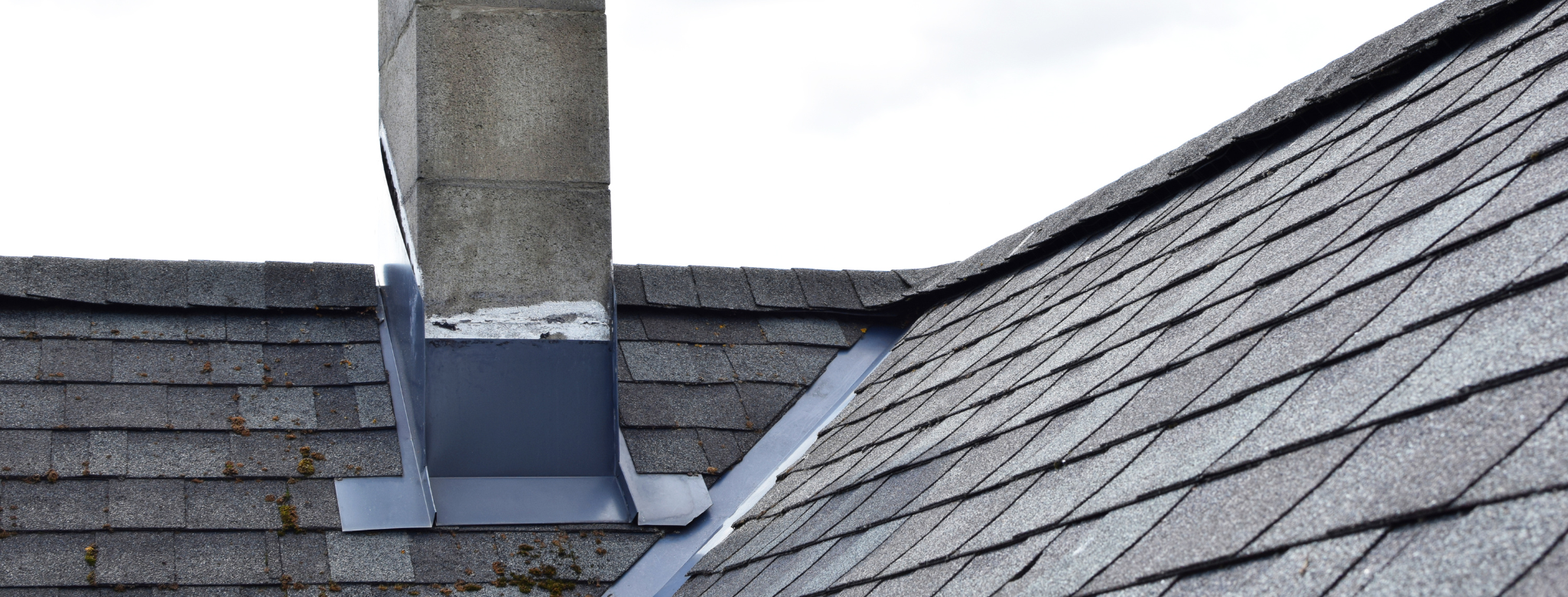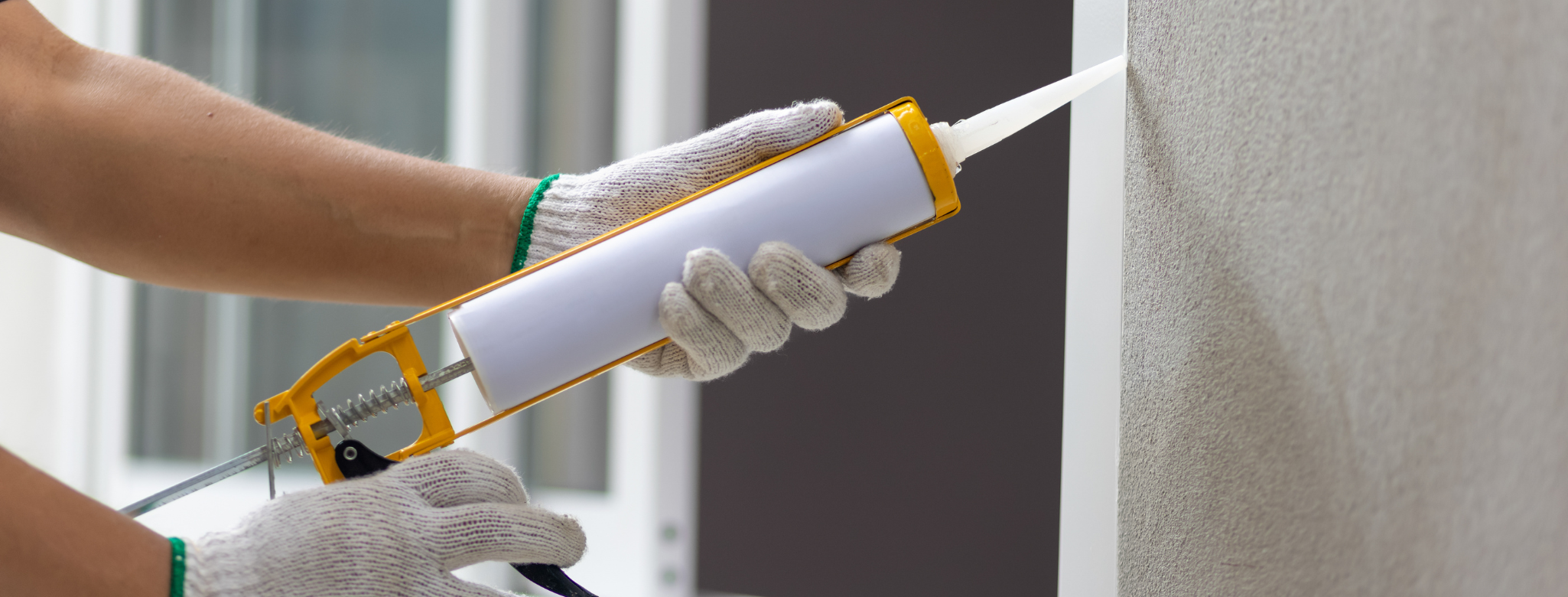April showers bring May flowers... and water intrusion?
On average, we see rain about 21 days out of the month of April in and around Grand Rapids, MI. Besides snowmelt, there's a lot of moisture in the air and ground come Spring. Is your home guarded against water intrusion? Review these five measures to make sure.
1. Clear out your gutters
Backed up gutters make it difficult for water to flow to the downspout and out into the yard as the system intends, so water may trench near the foundation and seep in.
In better weather, cleaning out the gutters can save you a headache when the weather does turn precarious, and it will be safer too if you have to use a ladder to reach them. If you're going to clear out gutters yourself, be sure to have someone nearby to spot you and to assist should you need it. Oftentimes it is not an expensive task to hire out, so if you're not into the dirty business of it and you need a referral for top-notch help reach out and we'll connect you with a local pro.

2. Install a sump pump
Sixty percent of homes in America have wet basements, according to Home & Farm Insurance, and a fair number have active water problems. A sump pump can actually increase a home's value when it does the job well because running across one in the basement doing its job is more cause for reassurance than cause for concern.
While the main reason for installing a sump pump is to keep the basement or crawl space dry, other related benefits include:
- Preventing damage to the building structure;
- Controlling mold and mildew growth;
- Preventing electrical hazards caused by standing water.
On average, to have a sump pump installed or replaced, the cost is right around $1000. On the flip, the cost to replace any basement finishes, foundation fixes, or electrical repairs could be exponentially higher. That said, not every home requires this extra measure. There are a fair number of homes well above flood planes and water tables, so have your home evaluated for the need first. Again, we can help with a referral if you need to check into this.
3. Check for grading issues in your yard
Poor yard drainage can cause a number of problems, including structural damage to your home and damage to your plants.
Your best bet in identifying any drainage issues in your yard before they become harmful is by checking with a landscape professional. Sometimes window wells can backfire and allow water to pool and seep into the structure when the grading isn't correct +/or there is lack of stone and sand for drainage. Should any drainage issues be identified, the pros can then be hired to dig a creek bed, construct a rain garden or take any other steps needed to resolve the problem.
4. Caulk Around Windows and Doors
This task may seem simple, but it can provide significant protection against rain penetration.
A waterproof filler and sealant that can prevent water from seeping into your home wears out over time so keep tabs on the seal from season-to-season. If you don't have a steady hand, a handyman can neatly place caulking around windows, doors and anywhere else a gap needs to be sealed. Besides its helpful barrier against rain, caulk can help block drafts and keep pests out too.
5. Inspect Your Roof for Repairs
Steady rainfall can wreak havoc on an already damaged roof when April showers roll around.
There are a few things that can contribute to a failing roof, like poor installation, lack of flashing, damaged plumbing vent boots, shingle deterioration and lack of maintenance. Inspect your roof for any faults where seepage could occur and have necessary repairs made. Need a referral? We've got 'em.






